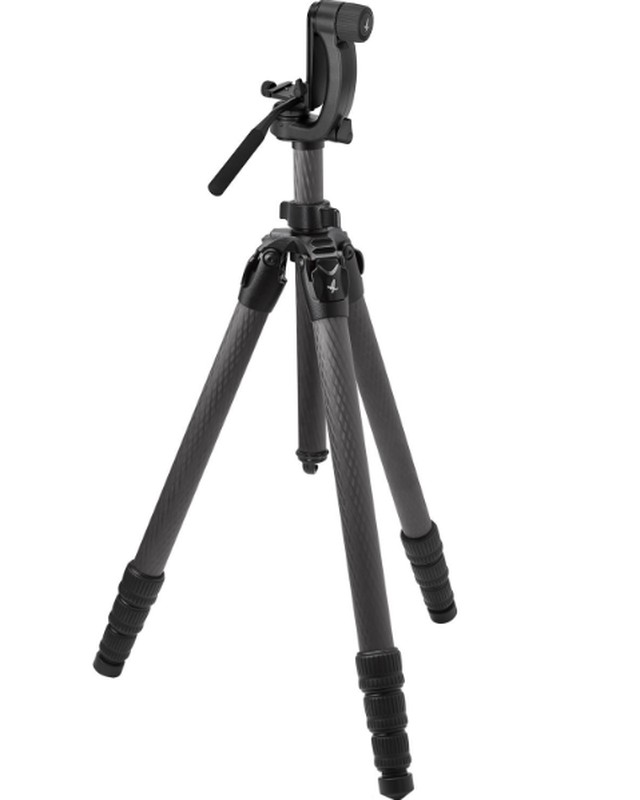A tripod for every use
Choosing a suitable tripod for use is very important for quality observation.
Choosing a tripod is a crucial dilemma to ensure optimal observation, everything will depend on the type of optical instrument that we mount on the tripod and also on the weight that we want to carry.
One of the most important elements to take into account when buying a tripod is the carrying capacity, this will determine the weight that the tripod can support and therefore the instrument that we can mount on it. For proper use, the load capacity of the tripod must exceed 1.5kg-2kg the total weight of the set that we must hold.
The more robust and heavy the optical instrument to support, the more robust the tripod should be. Thus a light tripod for a spyglass / monocular or prismatic is not the same as a tripod for a terrestrial telescope, an astronomical binocular or in the extreme case for a telescope.
The ball joint also goes in relation to the set to be fastened, for heavy equipment we should always use the video ball joints, for less heavy equipment we can perfectly use a fluid ball joint.
For light binoculars and spyglasses we can use a monopod or tripod, the load capacity will not exceed 2kg and they are generally light and very portable tripods, since their normal use will be on the road. Those made of carbon are even lighter, if we do not want to carry so much weight. We can also use tabletop tripods, which can be supported on any surface.
Different subject are tripods for binoculars greater than 900gr / 1kg, normally 10x50 or 12x50. For these cases, which are normally related to fixed observation, we will use a tripod that is higher, more comfortable and with more carrying capacity, usually greater than 2kg. If we don't want to carry too much, carbon tripods are indispensable.
In the extreme case are the tripods for astronomical binoculars, they are equipment of more than 3-4kg in weight and therefore here a robust tripod is mandatory, with a load capacity of more than 4kg and with a video head.
The teams of Terrestrial Telescopes are heavy teams, which exceed 2kg in weight, even more so if we adapt this equipment for functions such as digiscopping, where the weight of the set with the camera can exceed 3kg in length.
For observation at high magnification (zoom) and even more for photography we need maximum stability, the equipment cannot move one iota if we want to set the observation point correctly.
The three section tripods, in aluminum or carbon and the video or Gimball heads are the most advisable option, also including accessories such as the fixing rails.
In the case of very compact ground telescopes, a monopod can also be used, since observation will be more mobile.

Opinions of our clients
Receive our news
We have sent you an email to confirm your email